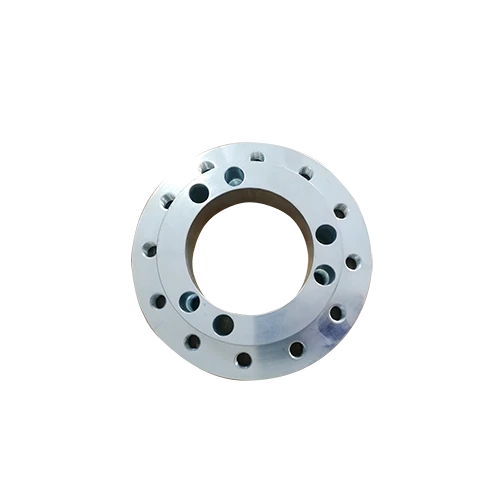Mobile:+86-311-808-126-83
Email:info@ydcastings.com
types of water pump in automobile
Types of Water Pumps in Automobiles
Water pumps are vital components in the automotive cooling system, playing a critical role in maintaining engine temperature and ensuring optimal performance. Understanding the different types of water pumps used in automobiles can help vehicle owners appreciate their function and importance, as well as facilitate better maintenance practices. In this article, we will discuss the main types of water pumps used in vehicles, their mechanisms, and applications.
1. Mechanical Water Pumps
Mechanical water pumps are the most common type found in automobiles. They operate through a simple yet effective design, using a belt-driven system powered by the engine's crankshaft. This type of pump features a housing that contains a centrifugal impeller, which draws coolant from the radiator and circulates it through the engine block and manifold.
As the water pump spins, it creates a kinetic energy that forces the coolant to circulate effectively, maintaining the engine at an optimal operating temperature. Many mechanical water pumps are designed with a thermostat housing, allowing for regulated circulation of the coolant, which further optimizes engine temperature control.
Electric water pumps are becoming increasingly popular in modern vehicles, especially in hybrid and electric models. Unlike mechanical water pumps, these pumps are powered by an electric motor instead of being directly driven by the engine. This provides several advantages, including increased energy efficiency and the ability to operate independently of engine speed.
Electric water pumps allow for better control of coolant flow through the engine, which can improve thermal management and reduce the time required to heat up the engine. Some vehicles utilize electric water pumps to improve performance in extreme conditions, ensuring consistent cooling even under heavy loads.
3. Inline Water Pumps
types of water pump in automobile

Inline water pumps, as the name suggests, are installed in a straight line with the coolant flow. They are designed to work in conjunction with the engine and cooling system, providing efficient circulation of coolant throughout the engine block. Inline pumps are commonly used in vehicles with specific designs that facilitate this layout, allowing for optimal coolant flow and minimizing complexity in the cooling system.
4. Variable Speed Water Pumps
Variable speed water pumps are designed to adjust their speed according to the engine's requirements. This technology improves fuel efficiency and performance, as the pump can operate at different speeds based on the engine load and temperature. Vehicle manufacturers are increasingly integrating variable speed water pumps into their designs to enhance thermal efficiency and reduce emissions.
5. Timing Belt Water Pumps
In some vehicle designs, the water pump is directly connected to the timing belt. These timing belt water pumps are often found in engines that have a compact design, where space is limited. The close linkage between the water pump and the timing belt ensures synchronized operation, but it can also complicate maintenance, as replacement of the timing belt often requires the water pump to be removed as well.
Conclusion
The cooling system, including the water pump, is critical for maintaining engine performance and longevity. Understanding the different types of water pumps—mechanical, electric, inline, variable speed, and timing belt water pumps—can help vehicle owners make informed decisions about maintenance and upgrades. Regular inspections and timely replacements of water pumps are essential for preventing overheating and ensuring that the engine functions efficiently. As automotive technology continues to evolve, the advancements in water pump technology will play a significant role in enhancing engine performance while promoting energy efficiency and reducing environmental impact.
In summary, water pumps are not just simple components; they are integral to the vehicle's overall functionality, ensuring that the engine remains at the optimal temperature and operates smoothly. Whether you are a seasoned car enthusiast or a casual driver, understanding these components will help you appreciate the complexity of your vehicle's performance and the intricacies of automotive engineering.
-
Why Should You Invest in Superior Pump Castings for Your Equipment?NewsJun.09,2025
-
Unlock Performance Potential with Stainless Impellers and Aluminum End CapsNewsJun.09,2025
-
Revolutionize Your Machinery with Superior Cast Iron and Aluminum ComponentsNewsJun.09,2025
-
Revolutionize Fluid Dynamics with Premium Pump ComponentsNewsJun.09,2025
-
Optimizing Industrial Systems with Essential Valve ComponentsNewsJun.09,2025
-
Elevate Grid Efficiency with High-Precision Power CastingsNewsJun.09,2025











